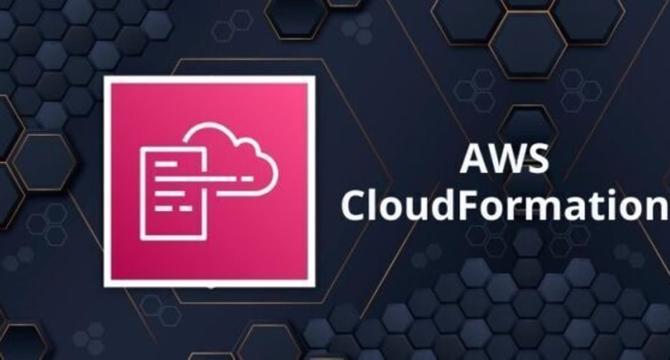Dev
1M
245

Image Credit: Dev
Introduction to AWS CloudFormation: A Beginner's Guide to Infrastructure as Code
- AWS CloudFormation is an Infrastructure as Code service that allows you to define and provision AWS resources in a declarative way using templates.
- CloudFormation automates resource creation, ensures consistency, manages dependencies, enables scalability, preview changes with Change Sets, and supports cross-region deployments.
- Key CloudFormation terms include Templates (JSON or YAML files defining infrastructure), Stacks (AWS resource collections managed as a unit), and ChangeSets (proposing how changes affect resources).
- Templates specify AWS resources like EC2 instances or S3 buckets, with YAML favored for simplicity, and CloudFormation using a structured format.
- To start an EC2 instance using CloudFormation, a YAML file with resource properties is created and uploaded to the AWS CloudFormation service for stack creation.
- Creating a stack involves uploading a template file, providing a stack name, setting tags if needed, reviewing, and creating the stack; updating involves specifying changes and applying them.
- The next blog will cover Intrinsic Functions, Change Sets, managing resources with Mappings and Pseudo Parameters.
Read Full Article
14 Likes
For uninterrupted reading, download the app